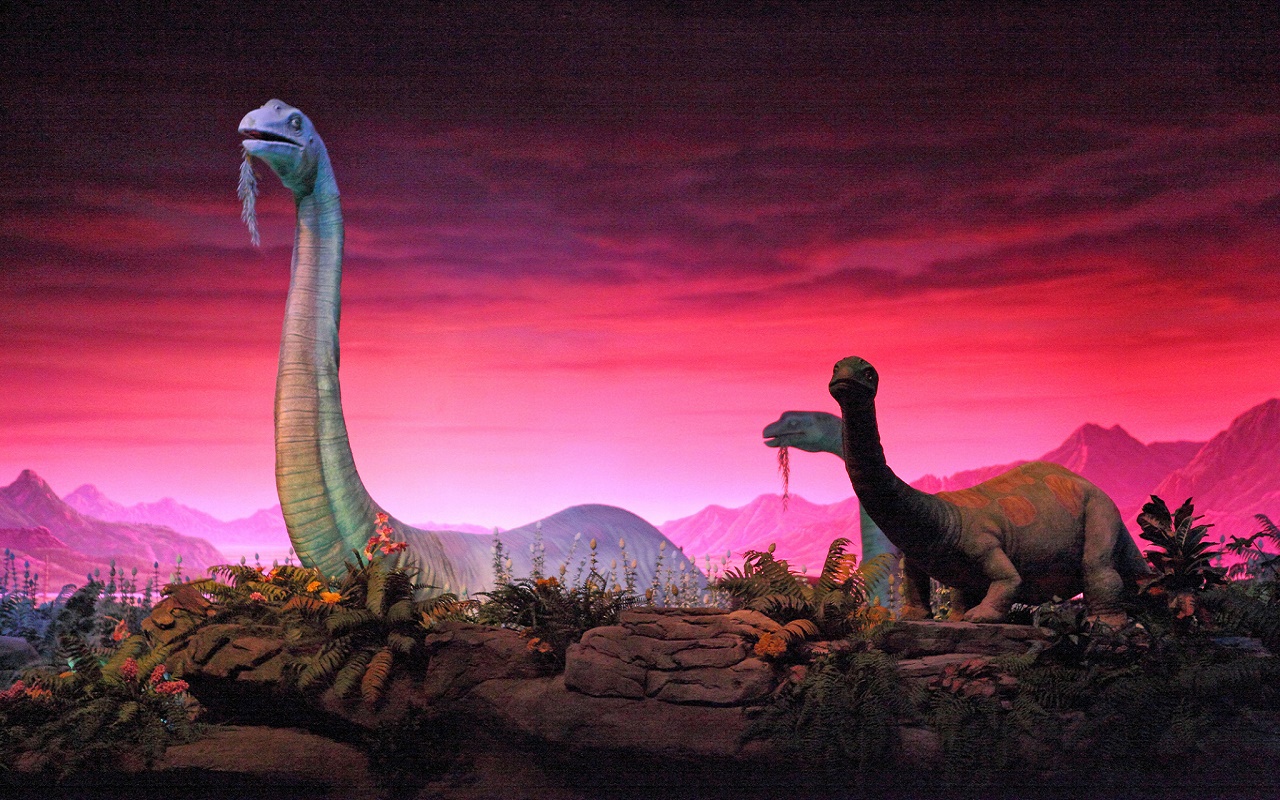
The dinosaurs were in decline long before the asteroid impact, knocking them out completely some 65 million years ago. This confirms what many researchers have long suspected.
In an article published in the journal Proceedings of the National Academy of Sciences, a team of researchers has gone through big data of various fossils and then analyzed the rate at which different dinosaur species formed and disappeared over millions of years.
Dinosaurs were on top of the hill and stayed up from the late Triassic about 220 million years ago, with new species arising faster than others went extinct. But this new study reveals their fortunes had begun to change long before the catastrophic asteroid hit the Earth at what is now the Gulf of Mexico, some 66 million years ago.
They have been able to show is that long before the large asteroid hit, the dinosaur animal family’s ability to form new species was weakened. While several dinosaur species gradually were disappearing new species were not replacing them.
It was however not all doom and gloom. Dinosaurs as a whole did experience a downturn, but some were on the way up, the duck-billed dinosaurs and the horn-faced dinosaurs appear to have been booming just before the asteroid impact. While the study does not reveal the reasons for their success, the authors do suggest that the rise of flowering plants could have helped and that these dinosaur species might have been able to exploit this new plant matter that the others couldn’t.
The reasons for the overall decline remain unclear however. In addition, the question remains how some species even survived the mass extinction and became the ancestor of modern birds.
_____________
Dinosaurs in decline tens of millions of years before their final extinction
__________________________

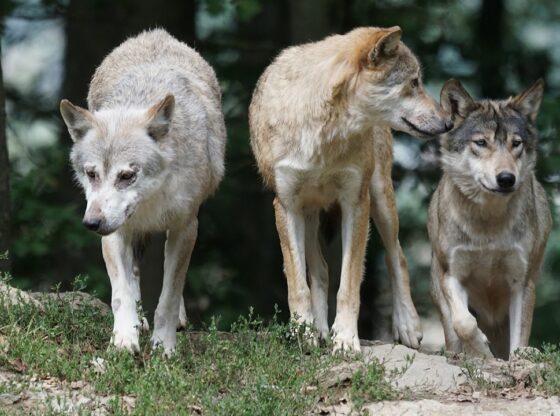
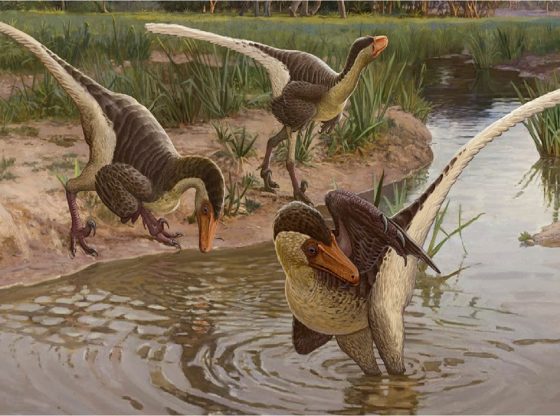


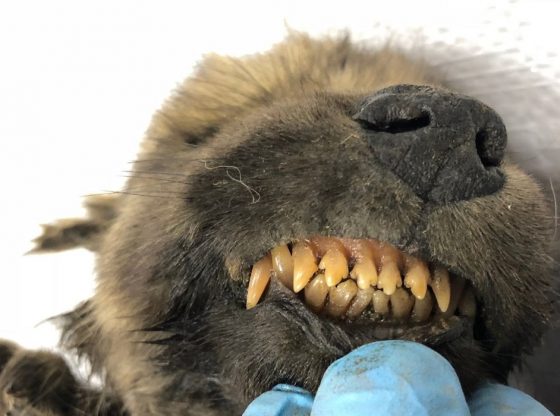
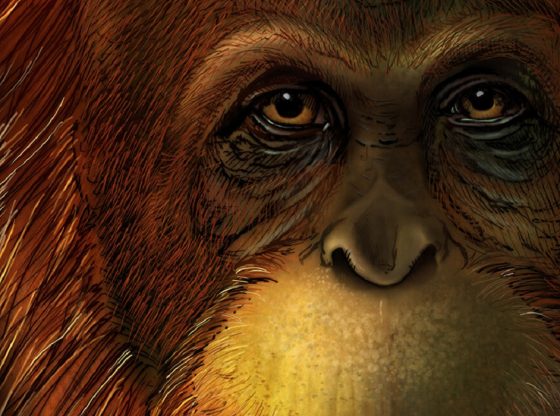
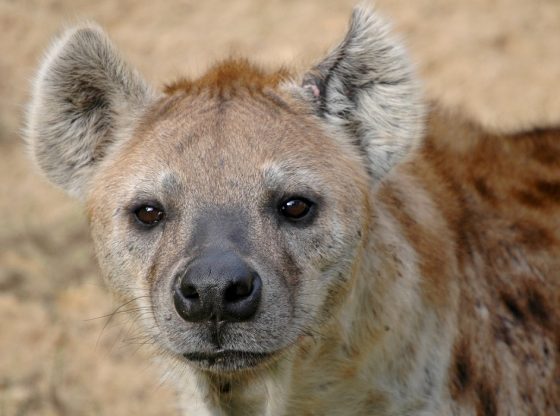
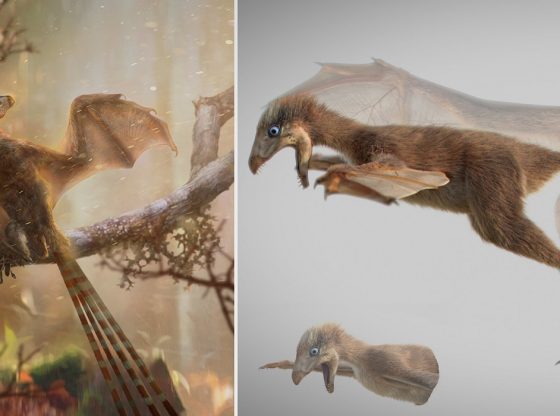
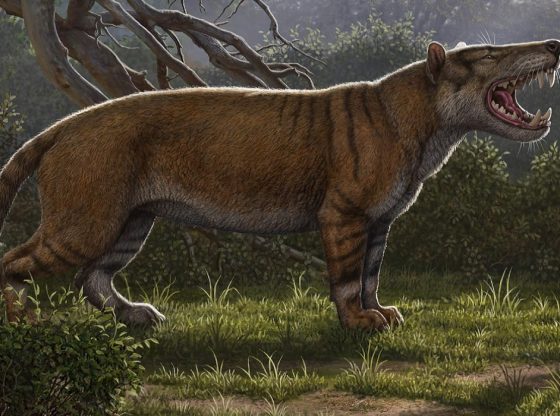
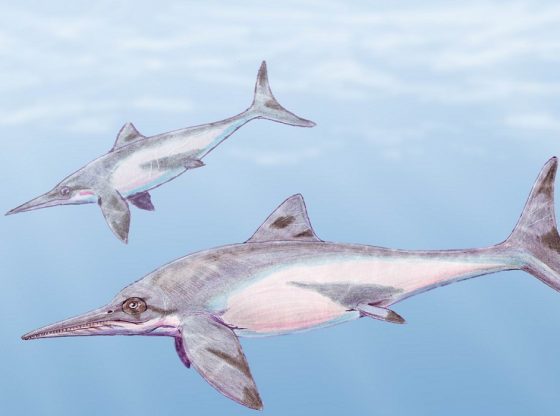
![OpenAI. (2025). ChatGPT [Large language model]. https://chatgpt.com](https://www.illustratedcuriosity.com/files/media/55136/b1b0b614-5b72-486c-901d-ff244549d67a-350x260.webp)
![OpenAI. (2025). ChatGPT [Large language model]. https://chatgpt.com](https://www.illustratedcuriosity.com/files/media/55124/79bc18fa-f616-4951-856f-cc724ad5d497-350x260.webp)
![OpenAI. (2025). ChatGPT [Large language model]. https://chatgpt.com](https://www.illustratedcuriosity.com/files/media/55099/2638a982-b4de-4913-8a1c-1479df352bf3-350x260.webp)








